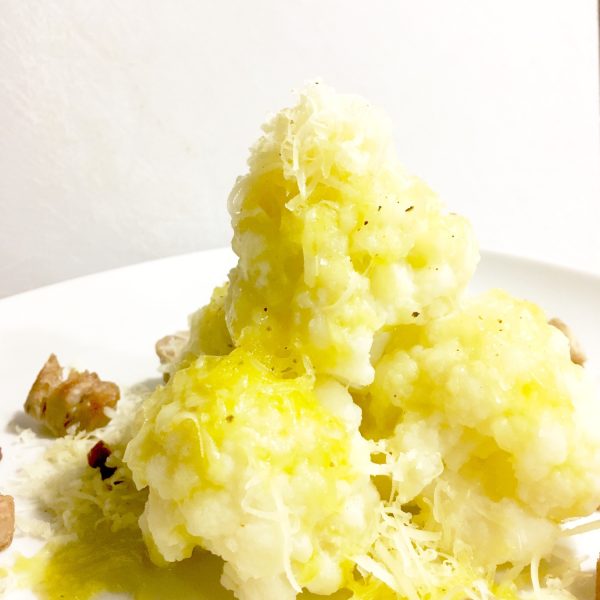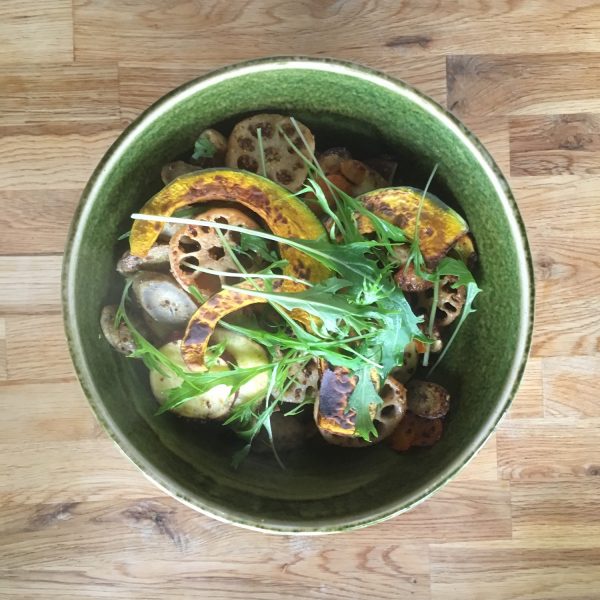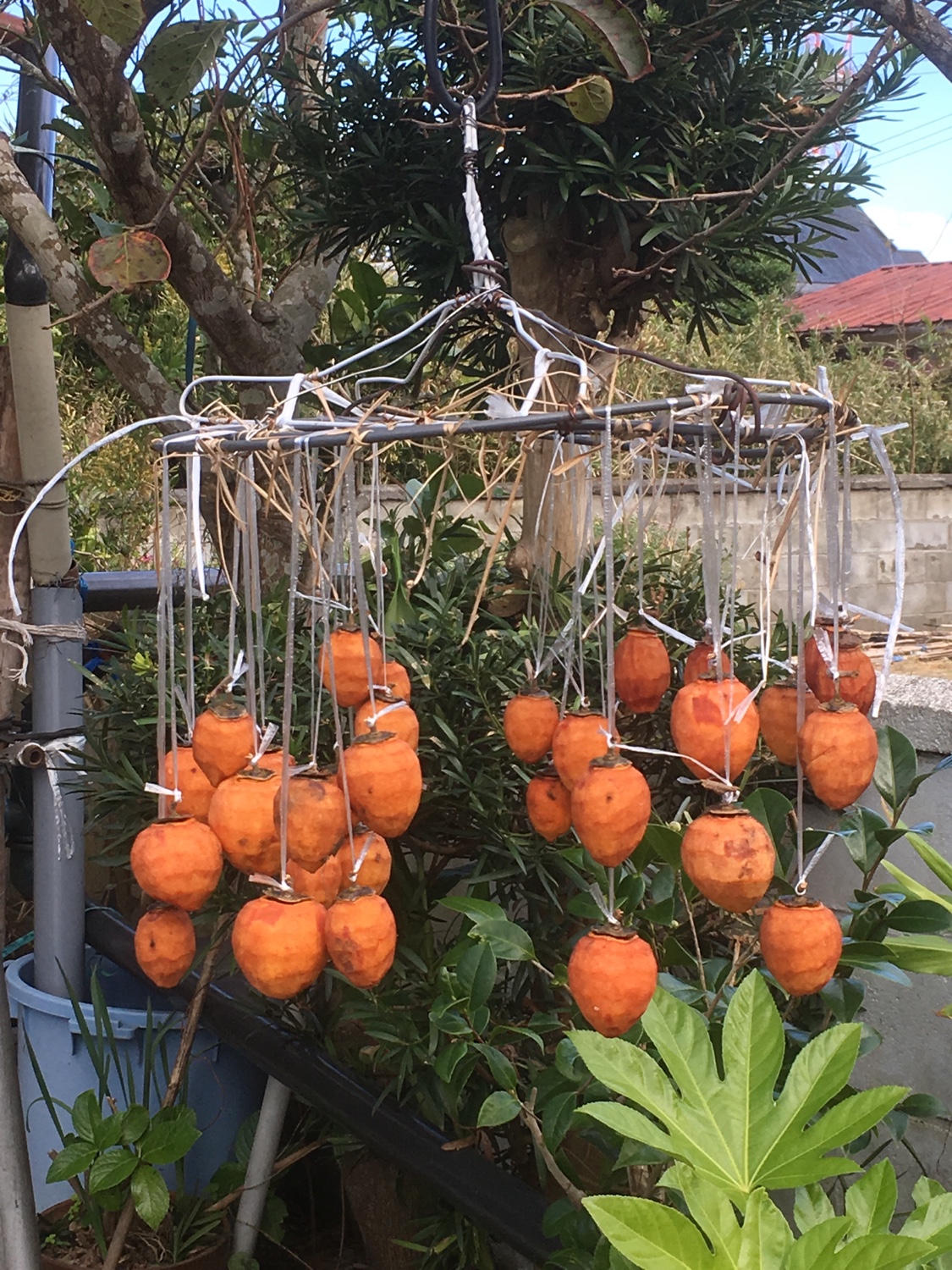Last week we celebrated thanksgiving but also 14 years in Tokyo. Time flew so quickly, in particular this year with all the ups and downs and the business that it seems almost yesterday we arrived with rudimentary knowledge of hiragana and katakana, Pimsleur lessons fresh in our heads and one suitcase each…
Timing was perfect to celebrate with the new acquisition of a little plot of land adjacent to our property and start afresh like we did 6 years ago: pulling weeds and cleaning to see what we can do with it. Plans have overflown our heads from the simplest to the craziest… time will tell.
We also celebrated with friends visiting us. And cooking for friends is always a nice moment, recalling when we last meet, what I cooked then, what I will cook this time and what we will do. For this time I prepared a brocoli quiche with katsuobushi and iwanori. But since I had leftovers of the pie crust dough I decided to make some iwanori crackers, and it was really a great match. We took them to Yorokeikoku to see the fall colors and even enjoyed seeing wild monkeys!!
Here is my recipe:
Iwanori crackers
– 100g of flour of your choice, I used whole wheat
– 50g of butter
– a bit of water
– 20g of oat bran
– 50g of iwanori or just nori roughly cut
– 5g of salt
Mix the flour, the butter, the water and the oat bran to obtain a smooth dough. The quantity of water will vary, so as usual add little by little and knead well in between. Then add the iwanori and roll. Sprinkle the salt on top and roll once to fix it. Cut into bite size and bake at 180deg until almost golden. Don’t over cook them. Eat as snack or with a salad.

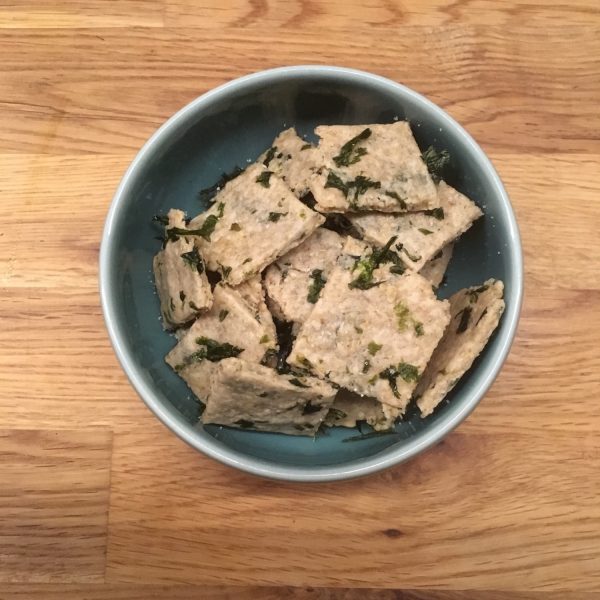

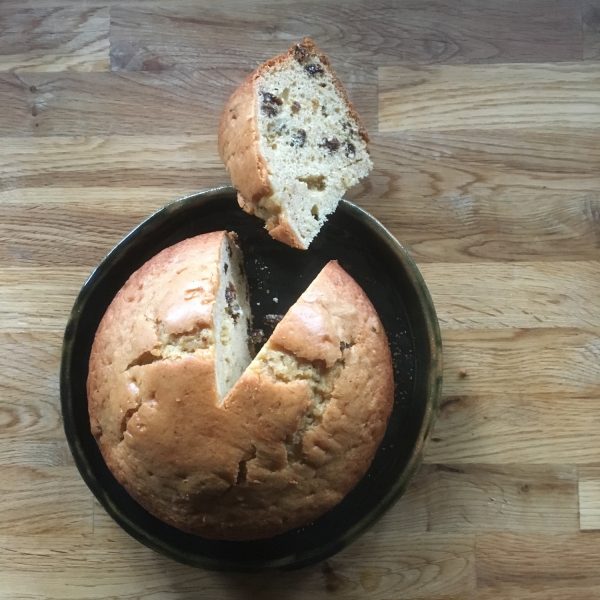
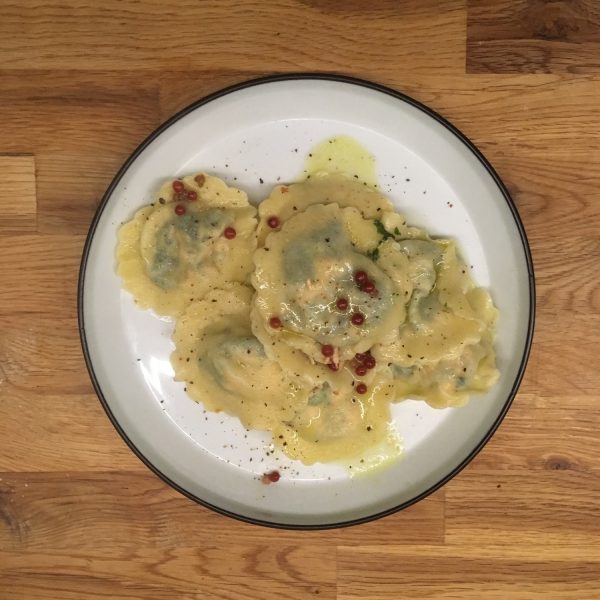
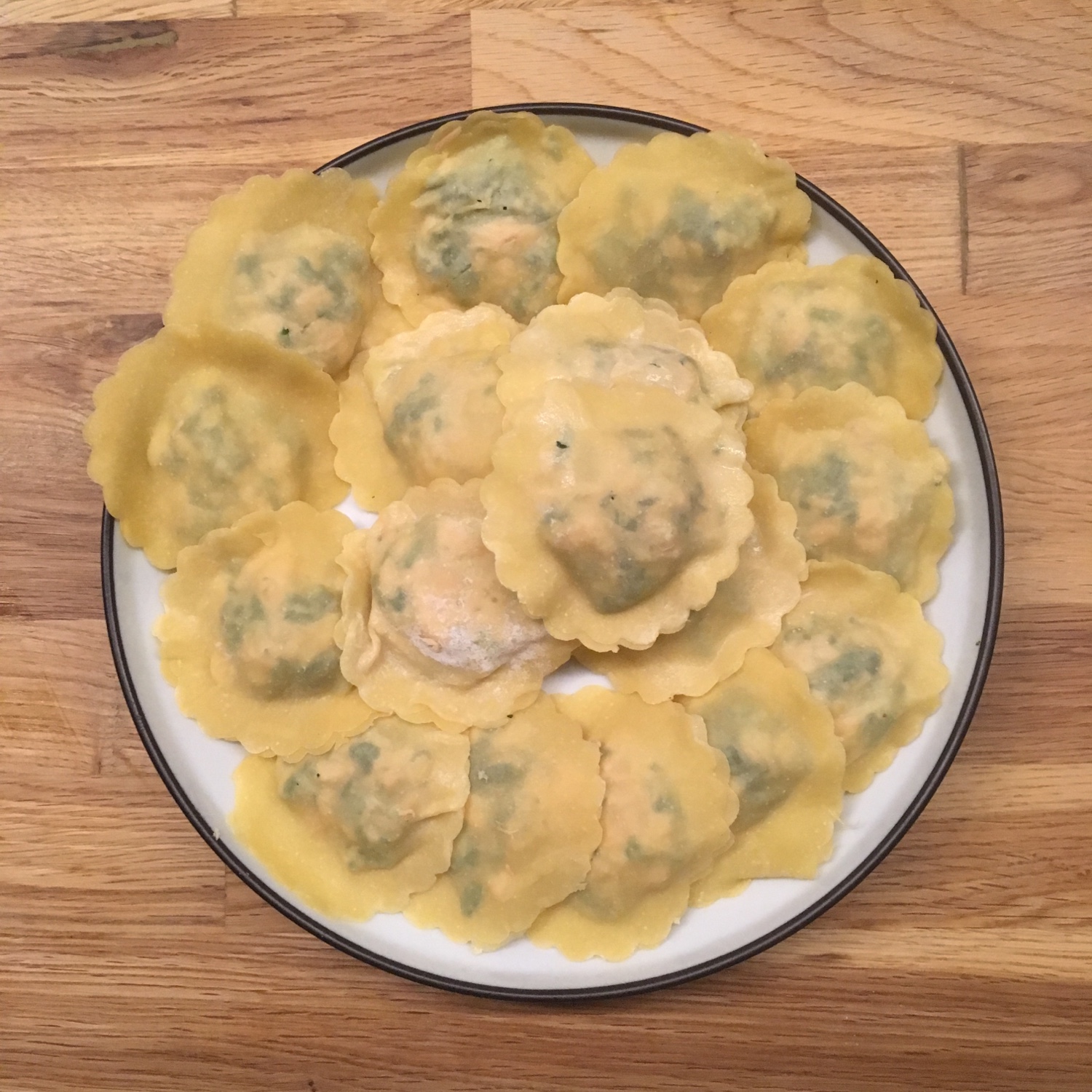

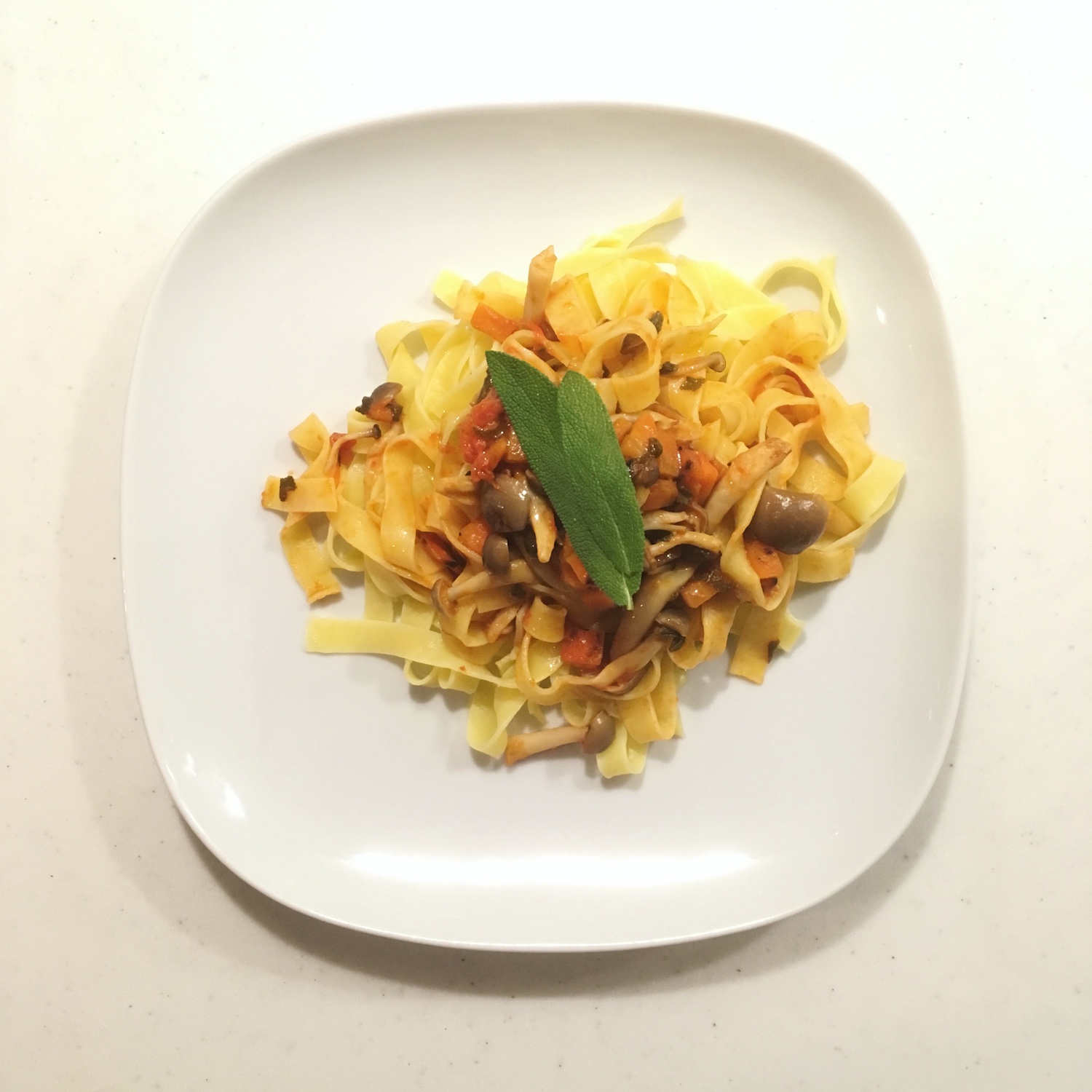
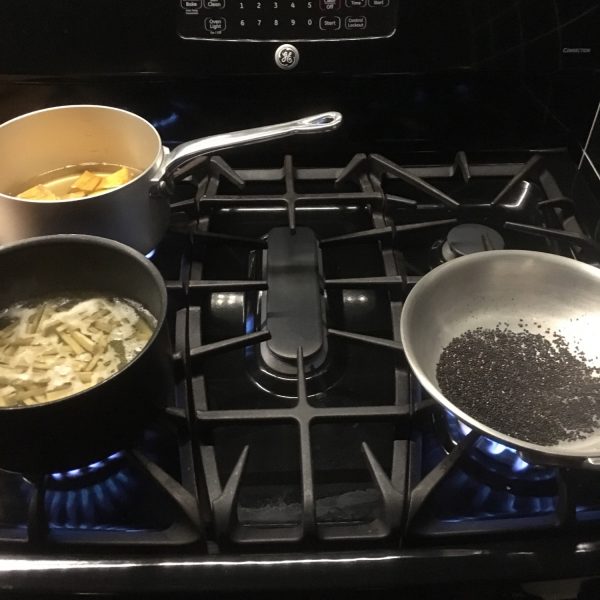
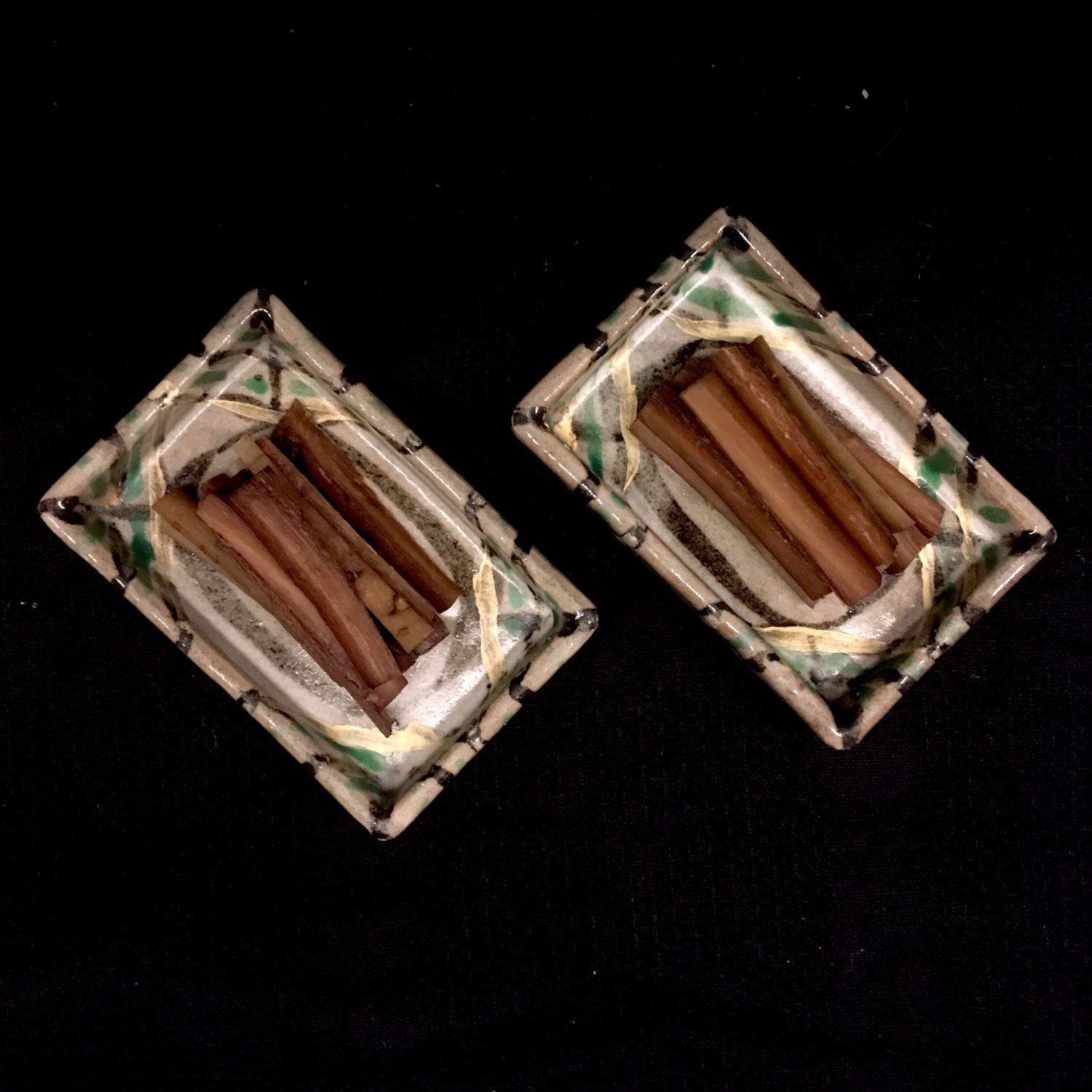
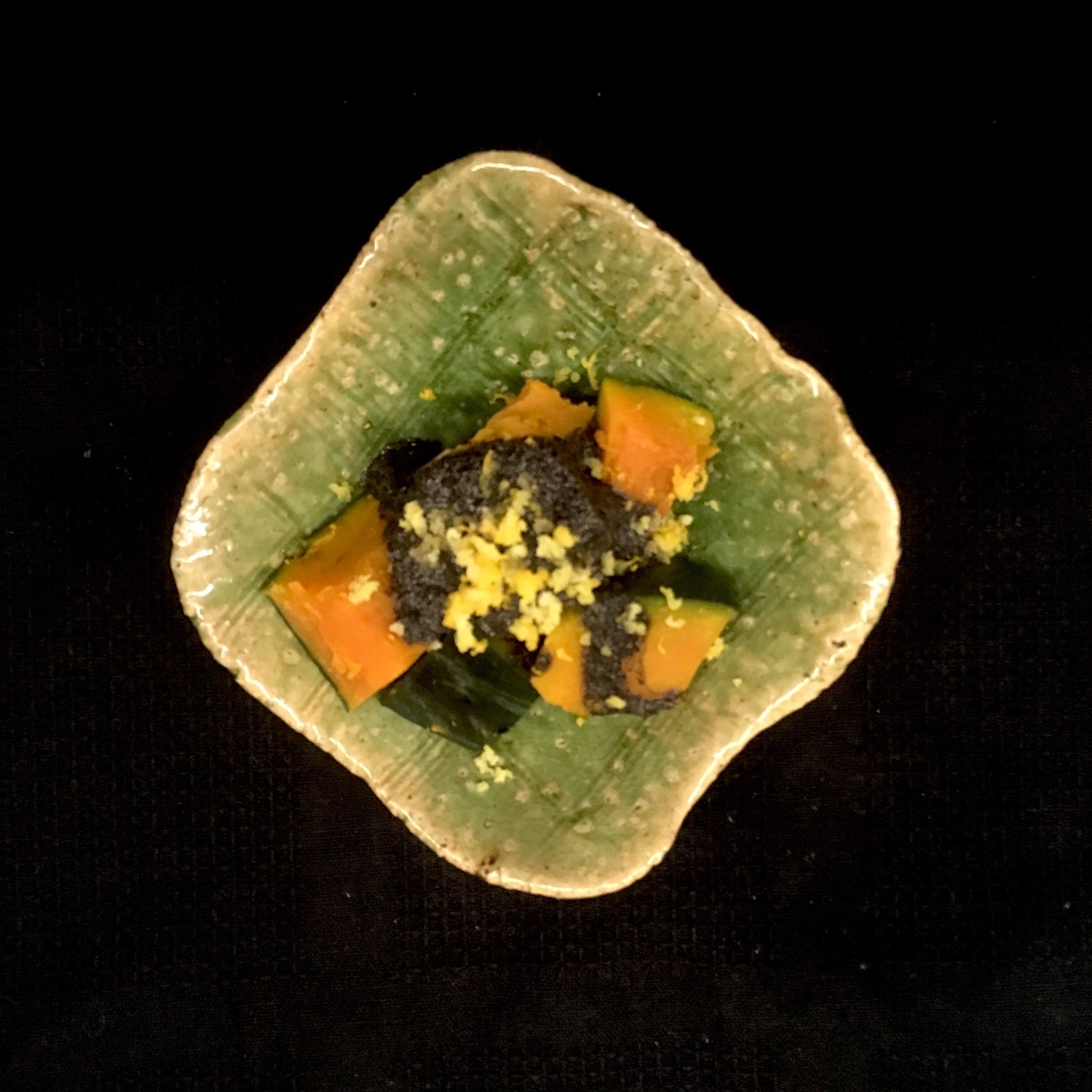
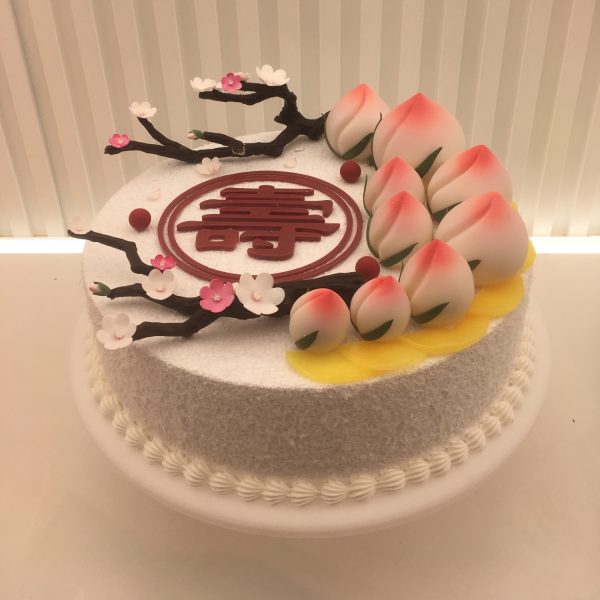
 Add this to waking up in a smoggy city with air quality quite alarming made me ask myself unformulated questions about this giant gap between ultra-urban areas and rural areas. Not that rural areas are free of pollution… the river cleaning we did a few weeks ago showed me how much farmers destruct their surroundings by being careless and lazy. And I think carelessness and laziness are really two keywords for me that represent very well our societies. Being so careless that in the end you can’t breath the air around you seems unbelievable to me but that’s what it is in Chinese big cities and I do believe that it is not only China… society has decided it’s better to consume more of an electricity produced by coal rather than breathing normal air. Looking always first at serving a purpose that I cannot understand, up to a point where cities are becoming unlivable just revealed to me my misunderstanding of the world I live in, the gap between the ideals I believe in and a certain urban reality.
Add this to waking up in a smoggy city with air quality quite alarming made me ask myself unformulated questions about this giant gap between ultra-urban areas and rural areas. Not that rural areas are free of pollution… the river cleaning we did a few weeks ago showed me how much farmers destruct their surroundings by being careless and lazy. And I think carelessness and laziness are really two keywords for me that represent very well our societies. Being so careless that in the end you can’t breath the air around you seems unbelievable to me but that’s what it is in Chinese big cities and I do believe that it is not only China… society has decided it’s better to consume more of an electricity produced by coal rather than breathing normal air. Looking always first at serving a purpose that I cannot understand, up to a point where cities are becoming unlivable just revealed to me my misunderstanding of the world I live in, the gap between the ideals I believe in and a certain urban reality.
